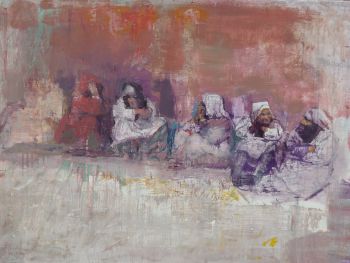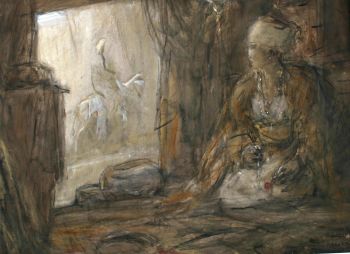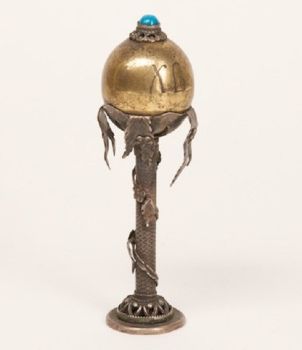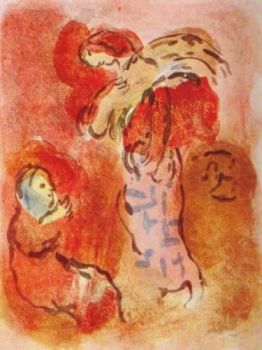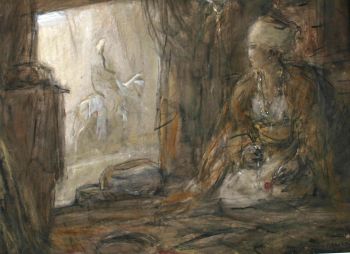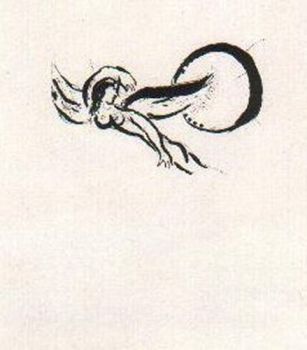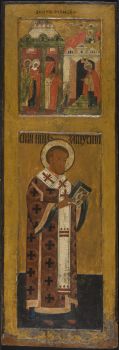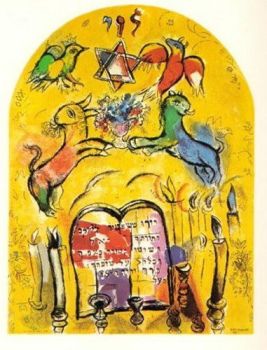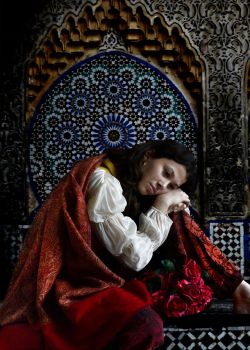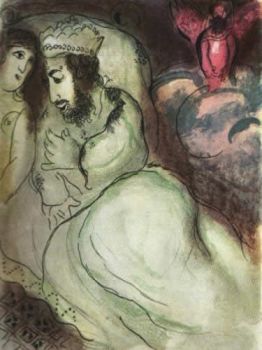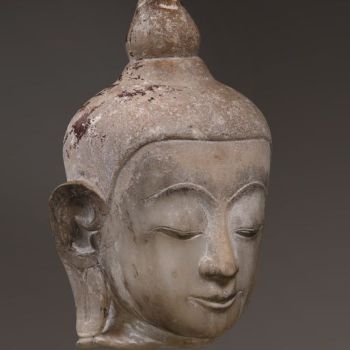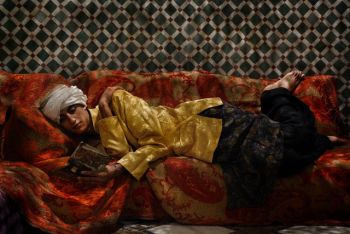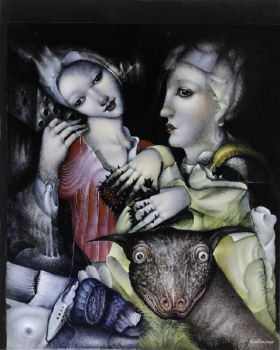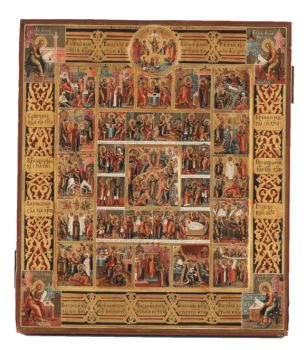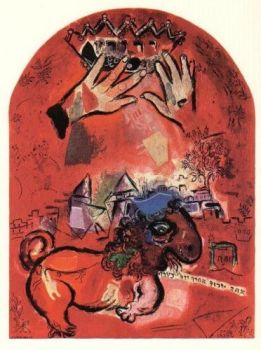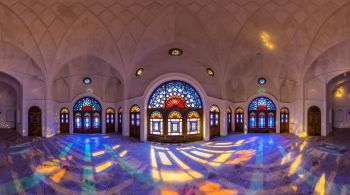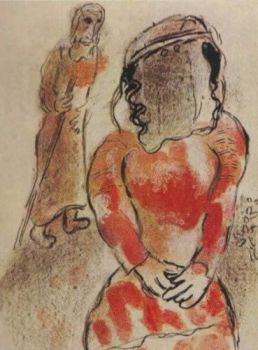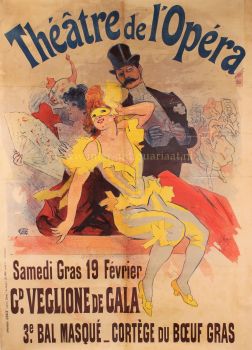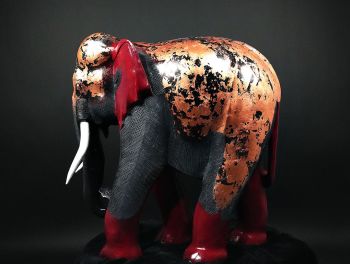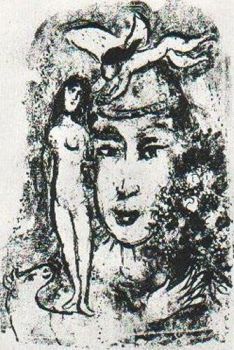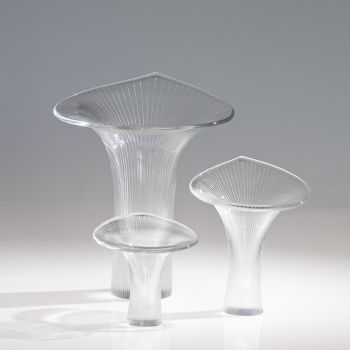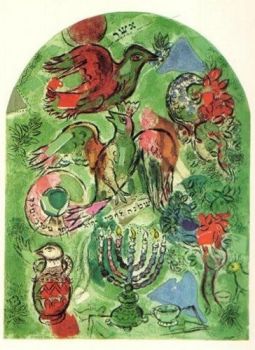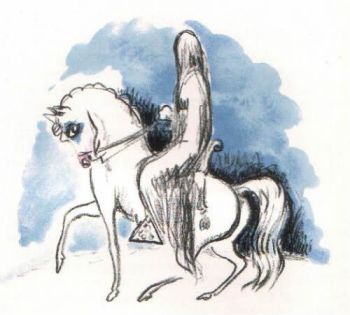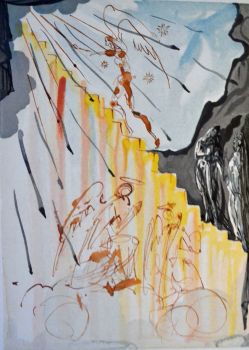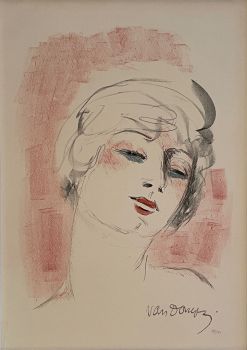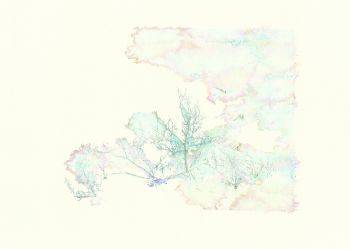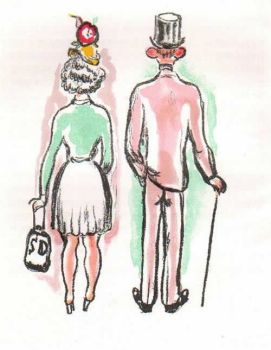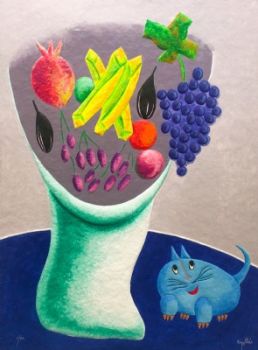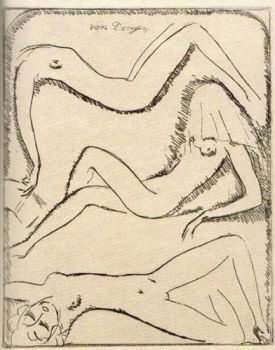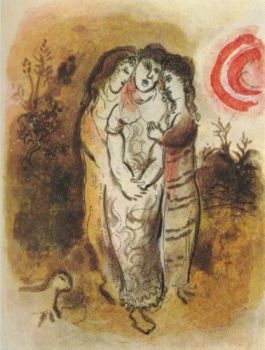The first Quran available to Western scholars 1543
Theodor Bibliander
CartaStampa
Attualmente non disponibile tramite Gallerease
- A proposito di opere d'arte(1) Machumetis Saracenorum principis, eiusque successorum vitae, ac doctrina, ipseque Alcoran, …
[Basel, Johann Oporinus, Nikolaus Brylinger, 1543]. Lacking 1 preliminary leaf in part 1 and 2 preliminary leaves in part 3 (removed by anti-Lutheran censors).
Bound with: (2) PHILO OF ALEXANDRIA. Philonis Judaei Alexandrini, libri [1] Antiquitatum. [2] Quaestionum et solutionnum in genesin. [3] De essaeis. [4] De nominibus Hebraicis. [5] De Mundo.
Basel, Adam Petri, 1527. 2 works (1 in 3 parts) in 2 volumes. 20 (28×20 cm). Uniform, tanned sheepskin (ca. 1795), gold-tooled spines
First Latin edition of the Quran and the second edition in any language (after Paganino's Arabic edition, Venice, 1537/38, which survives in only 1 copy), complete with the extensive commentaries and historical additions in parts 2 and 3. The text is based primarily on an Arabic manuscript acquired by Pierre de Cluny and Bernard de Clairvaux in Toledo in the 12th century. De Cluny had it translated into Latin by the Englishman Robert of Ketton, also in Toledo, who completed his translation in 1143. Martin Luther acquired a copy of Ketton's 400-year-old translation and had Theodor Bibliander edit and publish it. It was a remarkable pioneering effort to make the text of the Quran available and readable among Western scholars. It long remained nearly the only source for any European who wished to study the Quran. Part 2 contains a compilation of earlier writings about Islam and the Quran, some printed in Greek and Latin parallel texts, including writings by Savonarola and Nicolaus Cusanus. The third part contains writings about the Ottomans, Islam, and Tamerlane's Mongol invasion.
The present copy has the first edition of five short works by Philo of Alexandria, a Jewish philosopher in classical Greece, bound after the text of the Quran in volume 1. It includes a work about Hebrew names, perhaps considered valuable to scholars studying the Quran.
With 3 early owners' inscriptions on the title-page. With a few worm holes in the gutter margin of the last few leaves of both volumes and occasional minor water stains or other minor blemishes. Otherwise in very good condition. The binding has some worm damage in the spine but is otherwise also very good. The first Latin edition of the Quran and the source for nearly all early Western Quranic studies.
Ad 1: VD 16, K2584; USTC 674633; cf. Göllner 1792-1793; ad 2: VD16, P2490; USTC 683921.
5 original glass lantern slides with the earliest photographs of Mecca and Medina - A proposito di opere artistaTheodore (o Theodorus) Bibliander (tedesco: Theodor Buchmann; 1509, Bischofszell – 26 settembre 1564, Zurigo) è stato un orientalista, editore e linguista svizzero. Nato Theodor Buchmann (Bibliander è una traduzione greca di questo cognome) a Bischofszell, studiò il latino con Oswald Myconius e il greco e l'ebraico con Jakob Ceporin e frequentò le lezioni a Basilea tra il 1525 e il 157 tenute da Johannes Oecolampadius e Konrad Pelikan. Conobbe anche la lingua araba e altre lingue orientali; divenne professore di teologia. Pubblicò una grammatica ebraica nel 1535 e commenti alla Bibbia. Pubblicò la prima edizione a stampa del Corano in latino (Basilea, 1543), basata sulla traduzione medievale di Roberto di Ketton. L'edizione includeva Dottrina Machumet, una traduzione del trattato teologico arabo noto come il Libro delle mille domande. Considerato il padre dell'esegesi biblica in Svizzera, Bibliander fu coinvolto in una controversia dottrinale con Pietro Martire Vermigli (Pietro Martire) sulla predestinazione; fu rimosso dalla sua cattedra teologica presso l'Accademia Carolinum nel 1560. Morì di peste.
Artwork details
Categoria
Soggetto
Materiale e Tecnica
Related artworks
Engelbert Kaempfer
IL LIBRO DI ENGELBERT KAEMPFER1651 - 1716
Prezzo su richiestaZebregs & Röell - Fine Art - Antiques
Tilmanus Nicolaus Maastricht
Missale Romanum con fornimenti d'argento olandesi1788 - 1792
Prezzo su richiestaJacob J. Roosjen SRI
Antonie Derkinderen
Memory book Exhibition of Dutch Painting1892
Prezzo su richiestaKunsthandel Pygmalion
Hermann Nitsch
"UNDER MY SKIN" Signed book incl. small artwork and DVD in a matching box2010 - 2014
Prezzo su richiestaGallerease Selected
Yoko Ono
YOKO ONO: "ARISING" SIGNED BOOK PLUS SMALL ARTWORK 2010 - 2014
Prezzo su richiestaGallerease Selected
Engelbert Kaempfer
IL LIBRO DI ENGELBERT KAEMPFER1651 - 1716
Prezzo su richiestaZebregs & Röell - Fine Art - Antiques
LAWRENCE WEINER
"SKIMMING THE WATER [MENAGE A QUATRE]" Signed book plus small artwork2010 - 2014
Prezzo su richiestaGallerease Selected
Antonie Derkinderen
Memory book Exhibition of Dutch Painting1892
Prezzo su richiestaKunsthandel Pygmalion
1 - 4 / 22Elisabeth Treskow
Lapislazzuli afgano intarsiato con oro su un supporto d'argento1950 - 1960
Prezzo su richiestaJacob J. Roosjen SRI
Artista Sconosciuto
Uovo di Pasqua di presentazione russo d'argento1880 - 1899
Prezzo su richiestaH.W.C. Dullaert Art & Antiques Dealer
Artista Sconosciuto
UITGEBREIDE FEESTDAGENIKOON MET PASSIECYCLUS19th century
Prezzo su richiestaHeutink Ikonen
1 - 4 / 24- 1 - 4 / 24

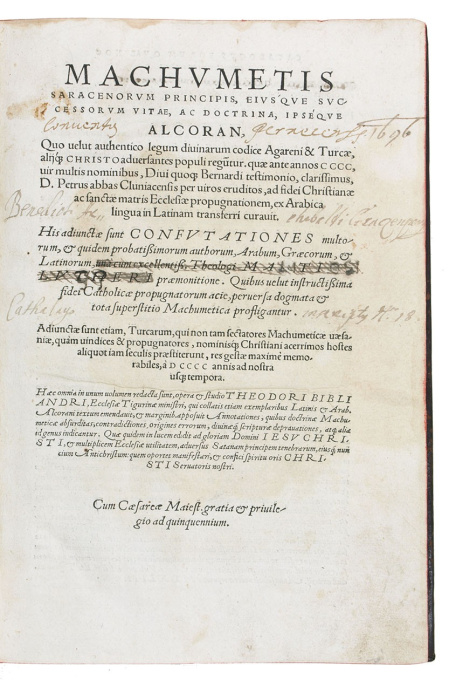











!["SKIMMING THE WATER [MENAGE A QUATRE]" Signed book plus small artwork by LAWRENCE WEINER](https://media-2.gallerease.com/images/442bfd5f-fc31-4e18-a2fa-ee0c08eade64/350x350/skimming-the-water-menage-a-quatre-signed-book-plus-small-artwork.jpg)







